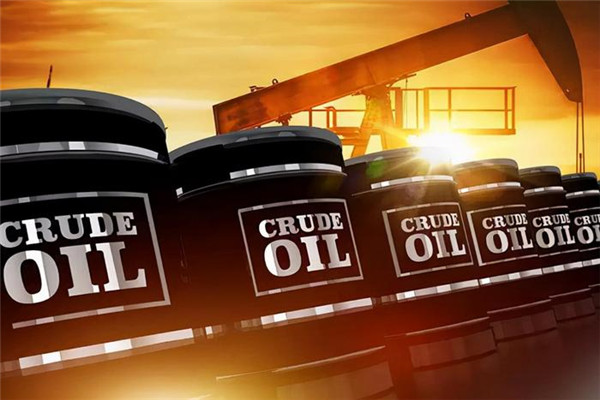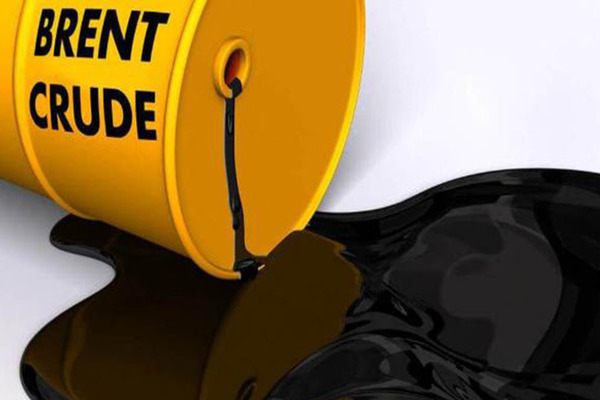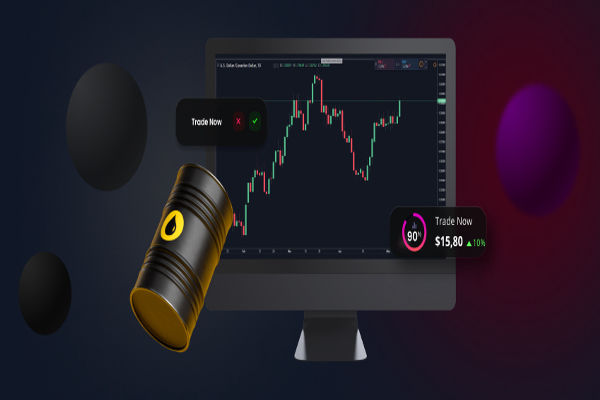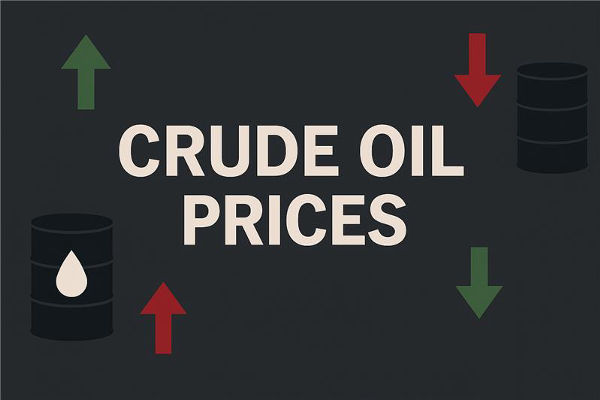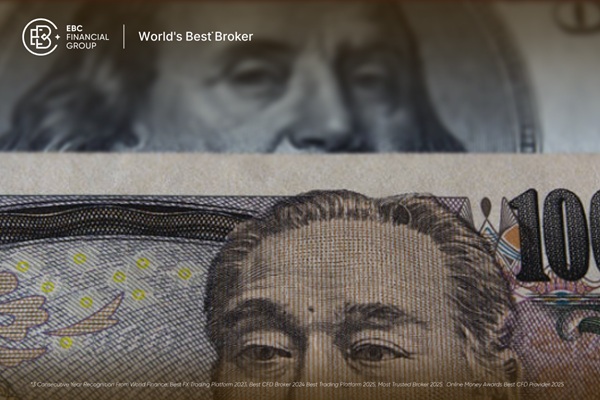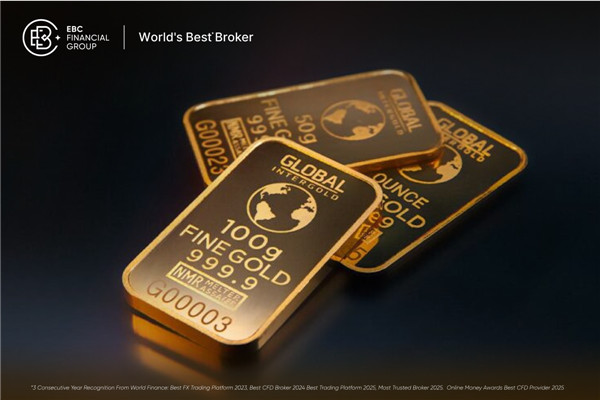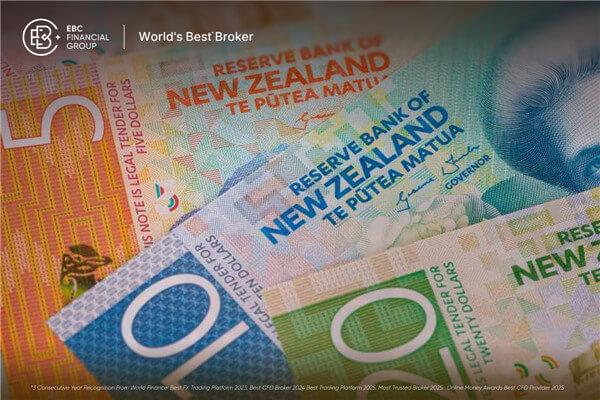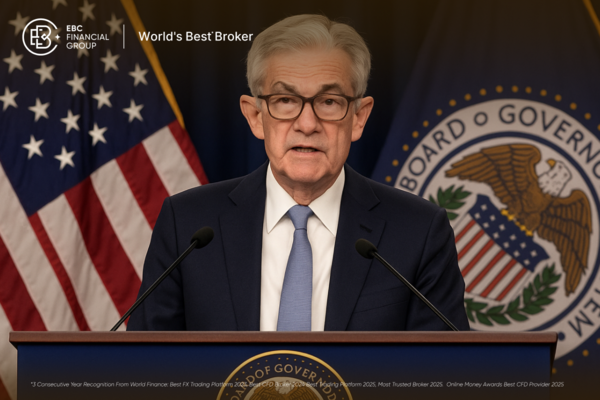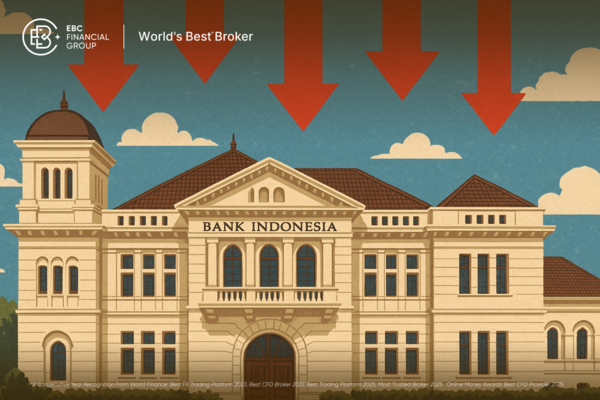Crude Oil futures are a financial trading tool that allows investors to purchase or sell crude oil at a specific price in the future. Investors can use Crude Oil Futures for various speculative and hedging strategies to gain profits or avoid risks, and the price of crude oil futures is usually influenced by various factors.
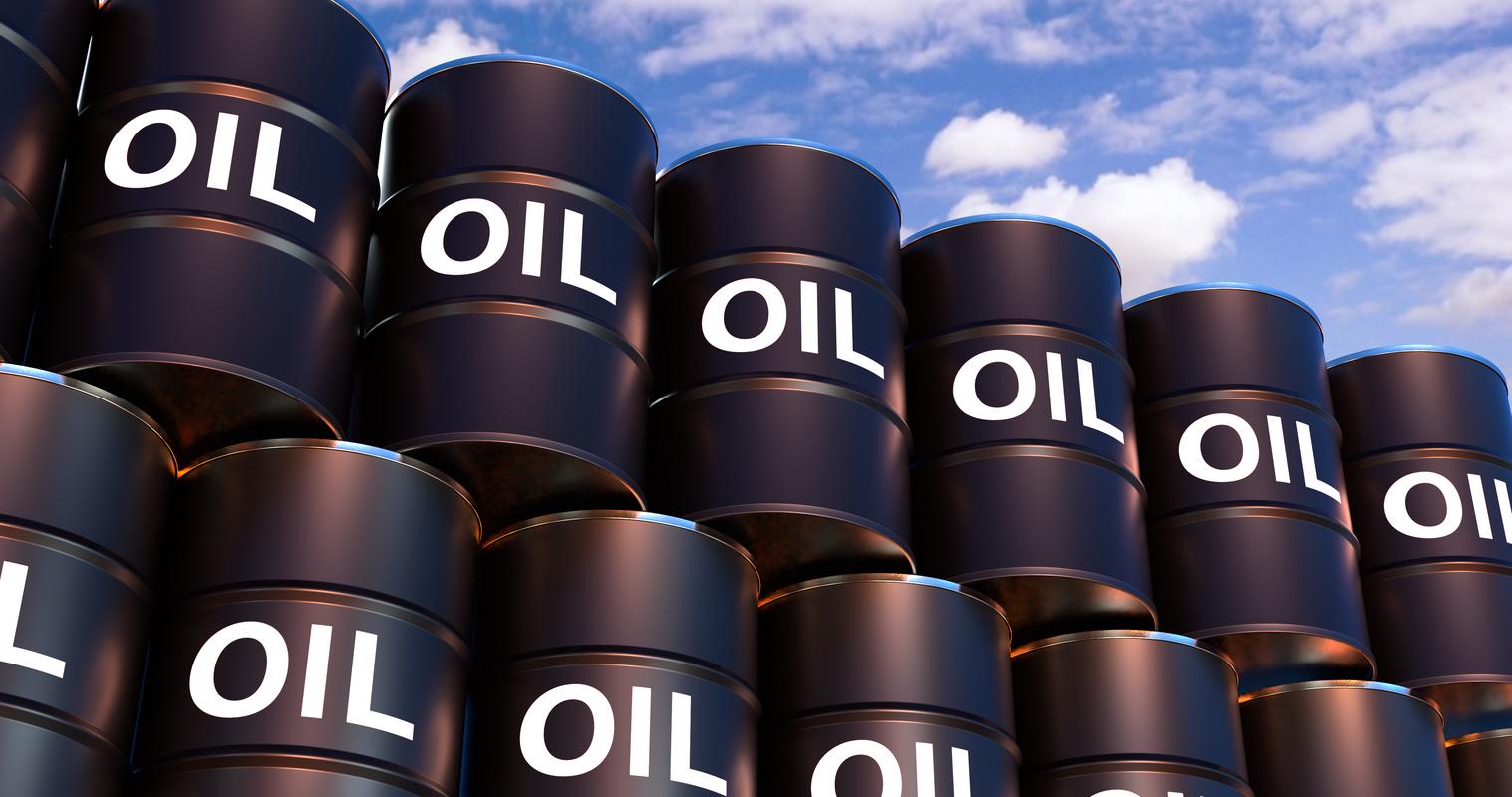
The Price of Crude Oil Futures Consists of Five Components:
1. Cost During Product Production Process
Like other commodities, crude oil production also incurs costs such as equipment costs and personnel salaries, as well as paying relevant taxes to local government departments. These expenses form the basis of crude oil futures prices.
However, it should be noted that the relationship between the cost of crude oil production, especially in crude oil production, and futures prices presents two significant characteristics.
Firstly, the cost of crude oil production is not directly, but indirectly affects the international marketThe price of crude oil futures. The imbalance in the global distribution of crude oil resources and the rigidity of crude oil demand result in high "differential land rent" in crude oil production.
The price of world crude oil is generally aligned with the price of high cost crude oil and alternative energy, but in reality, the production cost of crude oil is much lower than its selling price.
In the field of crude oil production, there are significant differences in production costs due to the different burial conditions, oil properties, and extraction techniques of crude oil.
Secondly, the cost of exploration and development in the early stage of crude oil production has an impact on the price mainly by influencing the production decisions of producers, thus affecting the market supply, and finally indirectly affecting the market price.
In crude oil production, early investment constitutes a significant component of production costs.
The costs in crude oil production can be mainly divided into three parts: geological exploration costs, drilling and oilfield surface construction costs, and mining operation costs.
Therefore, the examination of crude oil costs should not only focus on extraction costs, but also focus on early expenses.
2. Product Profit
The purpose of an enterprise includes economic, social, and other purposes, among which economic purpose is the essential characteristic of the enterprise, and profit is the core of economic purpose. The price of crude oil futures includes profits from the production process, and due to the monopoly of crude oil resources, this profit is much higher than the average social profit under normal circumstances,Characterized by excessive monopoly profits.
Due to the specific geological conditions required for the formation of crude oil, the distribution of world crude oil resources is extremely uneven, which determines the monopoly of the crude oil market.
According to economic principles, under monopolistic conditions, the price of a product is not directly determined by production costs or its own value, but rather by the demand and payment ability of the buyer.
Although the crude oil market is not a completely monopolistic market, a supplier group composed of multinational crude oil companies, OPEC countries, and non OPEC oil producing countries has already controlled the vast majorityMost of the crude oil resources and production are often willing to maintain a relatively high price of crude oil, but they also do not want to be too high to obtain excessive monopoly profits, and this profit expectation is also reflected in the price of crude oil futures.
From this, we can easily understand that although the total cost of global crude oil production varies greatly, almost all of them are put into production because they only earn slightly lower profits and will not be eliminated by the market.
3. Fees in Futures Trading
Futures trading fees refer to the fees that traders must pay during the futures trading process, mainly including commissions and transaction fees.
In crude oil futures trading, both parties require the participation of corresponding personnel and equipment, and funds need to be occupied in the form of margin.
Under normal circumstances, the margin amount is around 5% -10% of the total value of the futures contract. Margin is the necessary investment capital for traders to enter futures exchanges, but it is notThe constituent elements of crude oil futures prices. The cost and handling fees of these precipitated funds must ultimately be reflected in the futures price, and these transaction costs are an integral part of the crude oil futures price that cannot be ignored.
4. Expected Profit from Futures Trading
The expected profit in futures trading includes both the social average investment profit of the funds occupied and the risk reward of bearing trading risks.
Crude oil futures traders can be divided into two categories: hedgers and speculators.
The main purpose of hedgers participating in futures trading is to lock in trading risks without high profit expectations, but speculators enter the market to seek opportunities to profit from price fluctuations.
In futures trading, the participation of speculators is an important condition for market activity and a crucial foundation for contract success. Therefore, the price of crude oil futures reflects their reasonable profit expectations.
5. Futures Product Circulation Fees
The circulation costs of futures commodities include freight and miscellaneous fees, packaging fees, and storage fees for futures commodities. Futures trading is based on the deliverability of future physical goods, so general futures contracts specify delivery locations, such as NYMEXThe delivery location for the light and low sulfur crude oil futures contract traded in China is located in Cushing, Oklahoma, USA. Due to the fact that most of the traded crude oil is not produced at the delivery location, producers must transport it to the delivery location and include the corresponding costs, thus forming an important component of the crude oil futures price.
The Influencing Factors of Crude Oil Futures Prices
The response of the futures market and the spot market to new market information is very close. The direction of the movement of futures prices and spot prices is basically the same, and the price changes of the two are also very close. That is, the crude oil futures price and the crude Oil Spot Price guide each other, and there is a long-term equilibrium relationship. The price of the international crude oil market is determined jointly by the prices of the crude oil spot market and the futures market.
Therefore, factors that affect the spot price of crude oil, such as the supply-demand contradiction in the crude oil market, will also affect the price of crude oil futures.
However, there may also be short-term deviations between crude oil futures prices and spot prices, so there are also some special factors that can affect crude oil futures prices, such as financial factors such as investment fund speculation.In addition, as a commodity, crude oil, like other commodities, its price is also determined by the supply and demand relationship. However, crude oil is not a general commodity, but an important strategic material and a special commodityThere are many factors that affect international crude oil prices, and they are largely influenced by international politics, economy, diplomacy, and military factors.
【 EBC Platform Risk Reminder and Disclaimer 】: There are risks in the market, and investment needs to be cautious. This article does not constitute investment advice.






